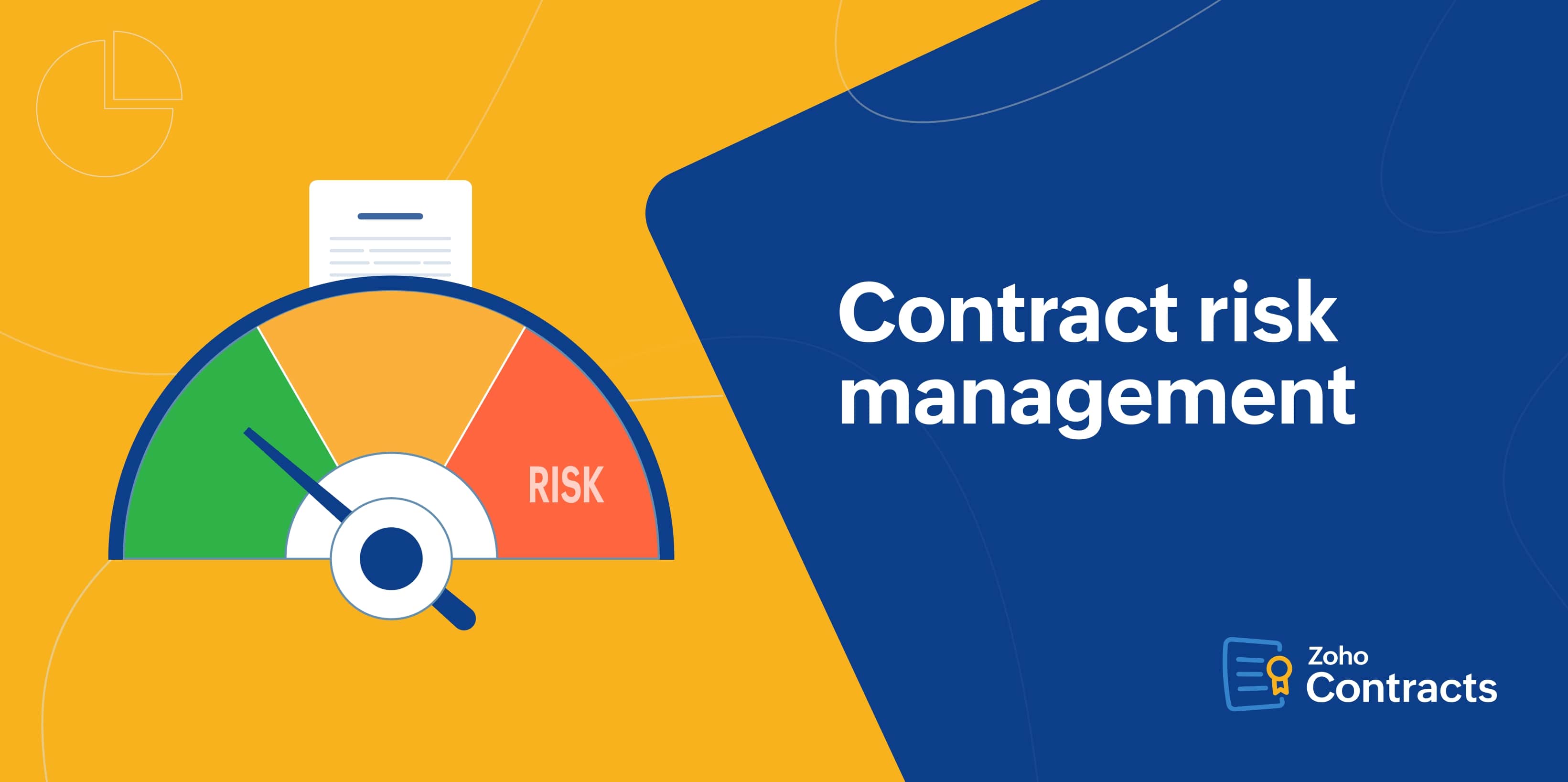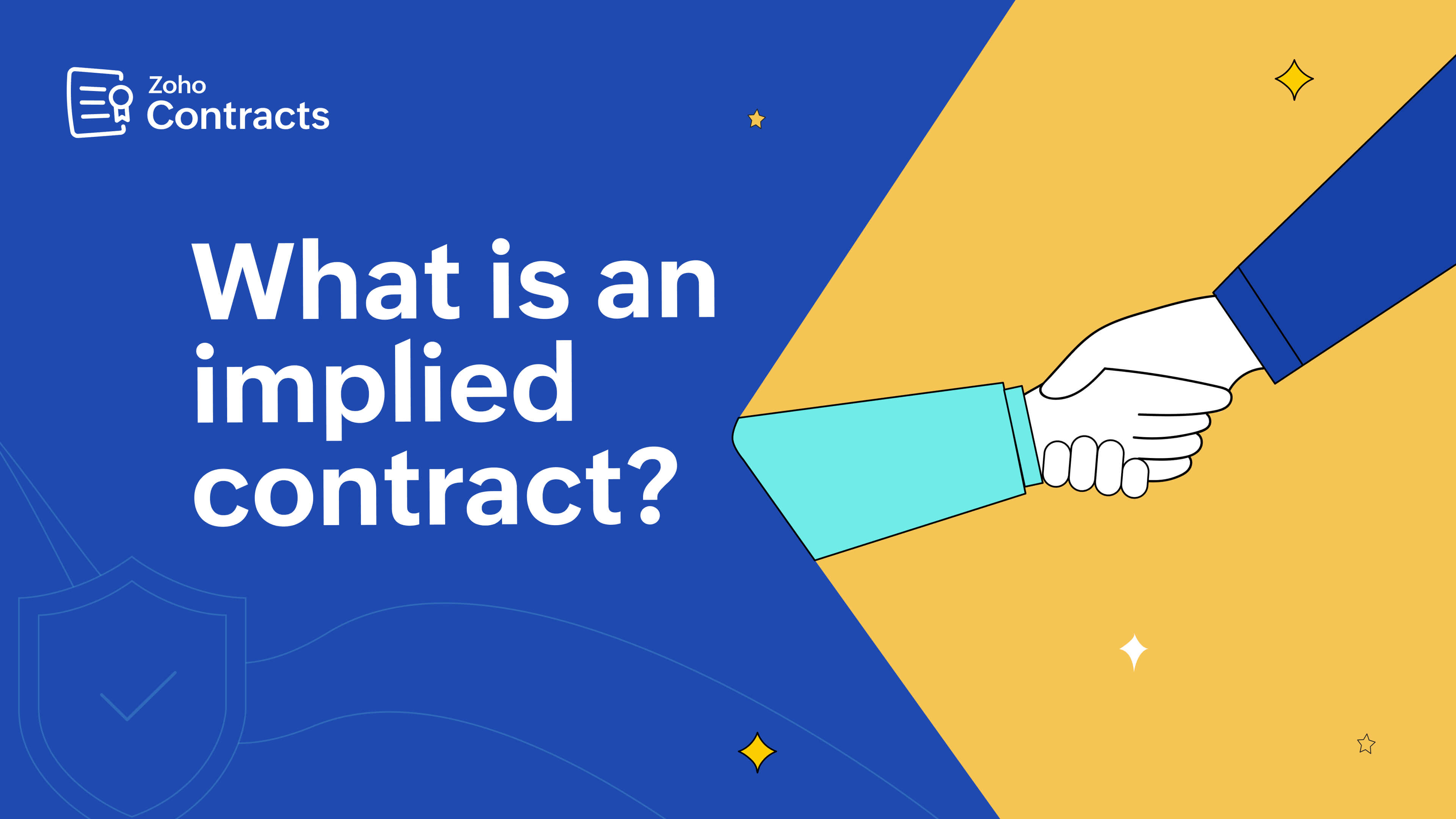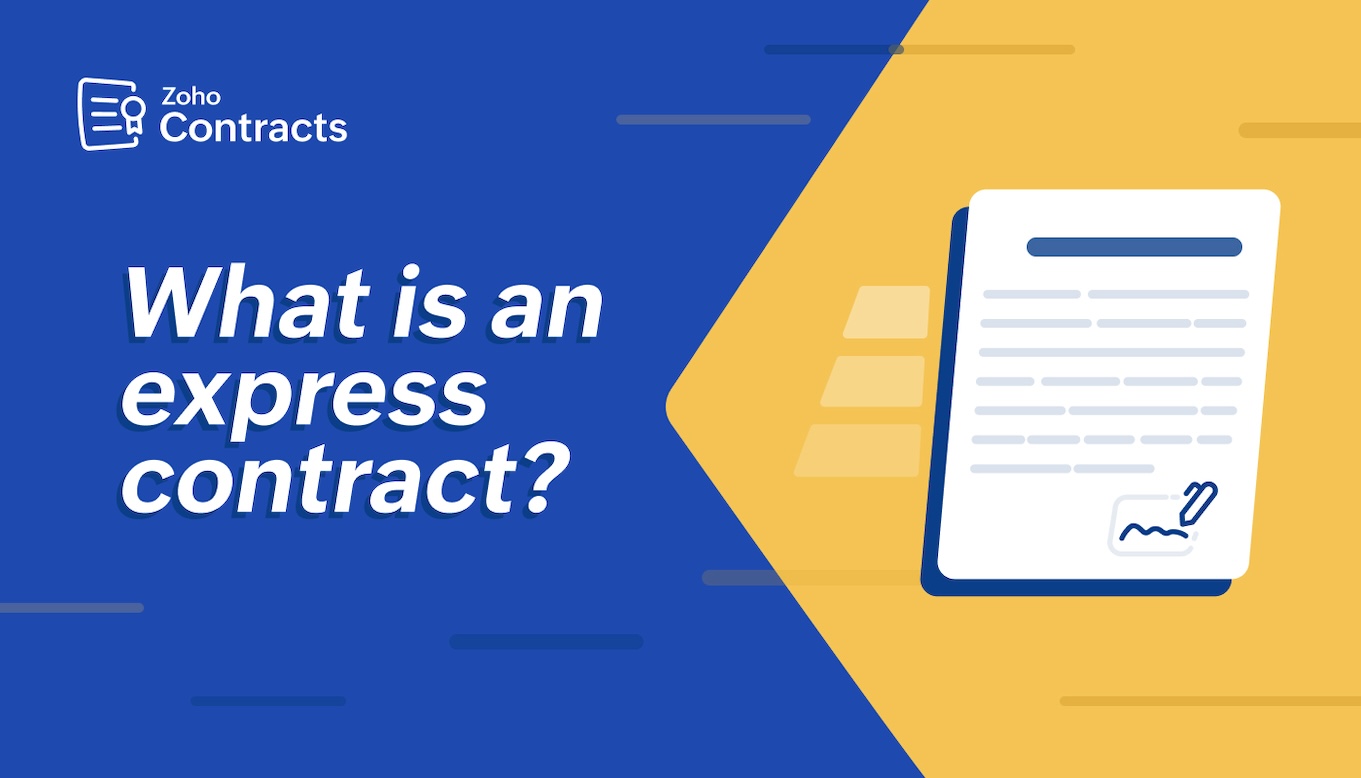- HOME
- Contract Management
- Contract risk management: All you need to know
Contract risk management: All you need to know
- Last Updated : August 5, 2024
- 1.4K Views
- 6 Min Read

What is a contract risk?
Contract risks are adverse outcomes or issues that arise when businesses deviate from their agreed-upon contractual terms or lack a proper contract management process.
Contracts play a crucial role in building trustworthy business partnerships. Failing to manage contractual risk effectively can result in financial losses, damaged relationships, and legal disputes.
Contract risks exist in various forms and can occur for various reasons, including ambiguous contractual terms, unfulfilled obligations, financial instability, or non-compliance with laws and regulations.
Common types of contract risks
Contract Risk Type | Description | Reasons | Example |
Financial contract risk
| These risks lead to monetary losses or adverse financial impacts that affect businesses' cash flow, revenue, and profitability. They’re also known as equity and credit risks. | - Missed renewal dates | A subcontractor misses a deadline on a construction project. This may cause a company to incur additional expenses, like paying for extra labor or facing penalties for delays, impacting the project's budget and profit. |
Legal contract risk
| These risks expose parties to potential litigation or legal consequences, ranging from financial penalties to reputational damage and loss of legal rights. | - Ambiguous contract terms | A client fails to obtain necessary permits for a construction project, so it halts the project. Without an indemnification clause, the construction company cannot seek reimbursement for the costs and liabilities incurred. |
Security contract risk | These risks arise from unauthorized access or disclosure of confidential contract data, leading to security breaches, theft, property damage, and reputational damage. | - Inadequate security measures | A project manager shares sensitive project details, including confidential blueprints and subcontractors' personal information, via unsecured communication channels. A cybercriminal intercepts this data, causing a breach and potential intellectual property theft. |
Operational contract risk | These risks result from inefficient contract management processes that impact contract performance and outcomes.
| - Lack of central repository | A construction company that fails to track the progress of subcontractors' obligations can face missed deadlines, cost overruns, and quality issues, ultimately affecting a project's overall success. |
What is contract risk management?
Contract risk management is the process of identifying, evaluating, and mitigating potential risks associated with your contracts and contract management process.
A comprehensive approach to contract risk management includes:
Identifying and analyzing all potential risks.
Developing effective risk mitigation strategies.
Monitoring the implementation of those strategies.
Risk is inevitable, but creating a risk mitigation plan can help businesses:
Protect business interests and reputation.
Reduce operational disruptions.
Provide dispute resolution mechanisms to navigate complex situations.
Minimize unanticipated risk.
Accomplish a specific task despite unforeseen events by having a Plan B in place.
Contract risk management: A five-step framework
1. Identify potential risk-causing factors.
The first step is to clearly chart out the steps and the parties involved in your CLM process, and identify potential risk-causing factors in each of these stages.
Questions that help with identifying risk-causing factors include:
Are my contracts stored securely?
Who has access to the contract repository?
Are the contract terms clear and unambiguous?
Is there a process to track and manage contractual obligations?
Are there reminders for key milestones, such as renewals or terminations?
Are my standard terms updated periodically to stay compliant with changes in regulations in my space?
Do I have an approval process set up for critical contract types?
How comprehensive your list of possible risk-causing factors is will determine how effective your risk management plan is.
2. Assess contract risk impact.
Understanding the potential impact of identified risks and prioritizing those risks allows you to develop a comprehensive risk mitigation plan.
Asking specific questions and considering key metrics help measure the severity of each risk and its implications.
What are the potential financial consequences associated with each identified risk? How might these risks affect the project budget and profitability?
What identified risks threaten project timelines, resource allocation, and overall operational efficiency?
Are there any risk overlaps that could amplify their combined impact?
Check out our Contract Management Checklist for a more detailed assessment.
By systematically evaluating risk aspects, organizations can get a comprehensive understanding of the potential risks and implement risk mitigation strategies at every stage of the contract lifecycle.
3. Implement risk mitigation strategies.
At a contract level:
Conduct extensive background research on counterparties to understand their objectives, standards, and limitations to mitigate the risks associated with partnerships.
Evaluate contractual obligations and assess their feasibility, considering the potential challenges and costs needed to meet them. This prevents overpromising and facilitates effective negotiation.
Review contract deadlines, delivery dates, and payment schedules to ensure alignment with operational capabilities, minimizing the risk of missed deadlines and associated penalties.
Encourage contract authors to document any deviations from standard language for clarity and consistency.
At the contract management process level:
Centralize contract storage to provide easy access to all contracts.
Mandate contract approvals involving relevant stakeholders for critical contracts.
Configure automated workflows for approvals and signatures to minimize delays and improve performance.
Set reminders for contractual obligations and milestones to improve compliance and reduce risk.
Implement modern CLM tools with end-to-end encryption to strengthen security and privacy.
Streamline contracting processes with digital CLM software.
4. Establish a clear contract risk transfer.
Contract risk transfer is a legal process in which one party transfers contract risks to another party who is better positioned to prevent losses or bear the potential financial consequences when they occur.
Strategizing contract risk transfer is crucial in the contract risk management process. Insurance contracts, indemnification agreements, lease agreements, and subcontractor or service agreements are common contract types involving risk transfers. These contracts contain clauses that explicitly outline the allocation of risks between parties.
5. Monitor and manage contract risks.
Effective contract risk management requires continuous monitoring and mitigation throughout the contract lifecycle. It's crucial to periodically review, refine, and modify the contract management process based on the contract risk management framework. This helps prevent misses and enables proactive risk management.
Contract risk management using contract management software
Contract management software is a game-changer for legal teams. With their extensive capabilities, contract management software plays a major role in simplifying contract management and mitigating contract risks.
Centralized contract repository | Storing all contracts in a single place enables easy access to critical contract details. This reduces the risk of oversight and improves control. |
Approval workflows | Configuring approval workflows for critical contracts allows stakeholders to review contractual terms early on and be aware of all risks and opportunities. This reduces delays, improves compliance, and mitigates unanticipated risks. |
Real-time collaboration capabilities | Collaborating with peers during authoring or negotiation improves the visibility and control over contractual terms. This minimizes the chance of errors and promotes faster contract cycles. |
Document version control | Recording each revision cycle of a contract separately, along with the specific contract version involved, enables easy comparison of changes and additions. |
Exclusive obligation management | Modern CLM tools with obligation modules allow adding, assigning, and managing contractual obligations effectively. Tracking contractual obligations at an individual contract level improves compliance. |
Auto-reminders and alerts | Setting up automatic reminders and notifications for upcoming contract renewal dates and key milestones keeps stakeholders informed and minimizes contract-related risks. |
Role-based access control | Assigning specific roles and permissions to users ensures controlled access to contract data while improving transparency and control. |
Central audit system | Tracking all activities in a central system allows for close monitoring of every user activity. This ensures better security, accountability, and compliance. |
Data-protection features | A CLM tool with security features helps businesses avoid data breaches and comply with data protection regulations. |
 Heleena
HeleenaHeleena is a writer based in Chennai, India.


